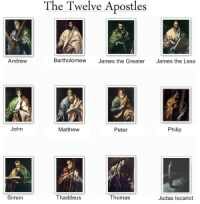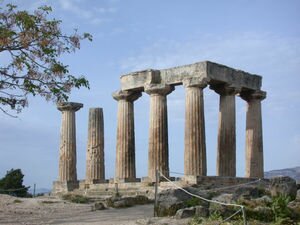 Elohim (אלהים) is a Hebrew word which expresses concepts of divinity. It consists of the Hebrew word Eloah (אלוה) with a plural suffix. Elohim is the third word in the Hebrew text of Genesis and occurs frequently throughout the Hebrew Bible. The most commonly accepted root of this source among Jewish scholars is that the word literally translates to "powers" meaning God is the One in control of these powers.
Elohim (אלהים) is a Hebrew word which expresses concepts of divinity. It consists of the Hebrew word Eloah (אלוה) with a plural suffix. Elohim is the third word in the Hebrew text of Genesis and occurs frequently throughout the Hebrew Bible. The most commonly accepted root of this source among Jewish scholars is that the word literally translates to "powers" meaning God is the One in control of these powers.Bereshit bara Elohim et hashamayim ve'et ha'aretsThis word choice may be contrasted with the Tetragrammaton, which appears throughout the second telling of creation, in Genesis 2. The documentary hypothesis usually attributes Genesis 1:1 to the priestly source.
(Genesis 1:1, Jewish Transliterated text)
In the beginning God created the heavens and the earth
(Genesis 1:1, English Text)
Tetragrammaton (from the Greek τετραγράμματον, meaning 'four-letter [word]'), and are usually transliterated JHWH in German, and YHWH or YHVH or JHWH or JHVH in English.
More...






























